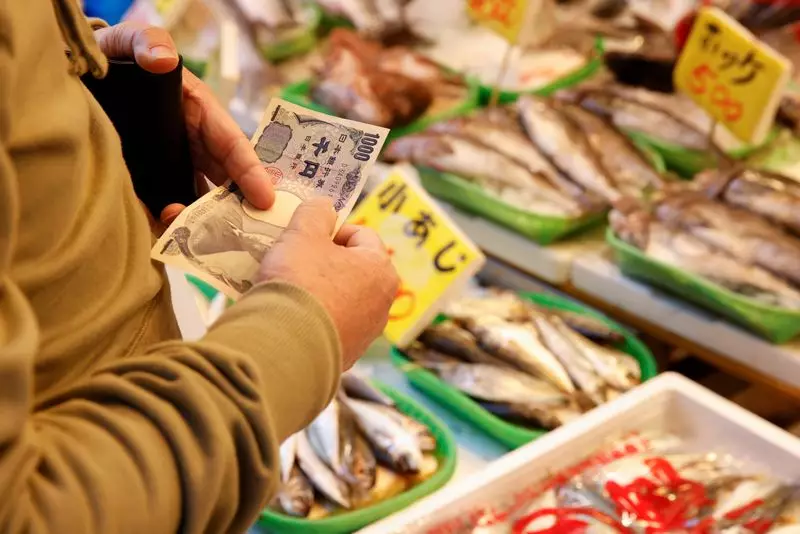In Tokyo, consumer inflation is expected to have risen above the Bank of Japan’s target of 2% in November, driven by factors such as increased food costs and a decrease in fuel subsidies. A recent Reuters poll of economists forecasts that the core consumer price index (CPI) hit 2.1% in November compared to the previous year. This marks a notable increase from the 1.8% recorded in October, which was also below the central bank’s target for the first time in five months. Such forecasts highlight a critical point in Japan’s economic landscape, indicating not just fluctuations in consumer prices but a potential shift in economic momentum.
The anticipated rise in the Tokyo CPI is attributed to a resurgence in food prices. Rising costs in staple goods, particularly rice, have played a significant role in the upward shift. Shunpei Fujita, an economist at Mitsubishi UFJ Research and Consulting, emphasizes that the previous effects of government measures to stabilize prices are waning. This suggests a need for policymakers to reassess their strategies in light of changing cost structures. As food costs rise, it may impose additional strain on Japanese households, limiting consumer spending and potentially affecting overall economic growth.
Broader economic indicators also appear to be fluctuating in Japan. As reported earlier, the nationwide core CPI was slightly lower in October, registered at 2.3% compared to 2.4% in September. This presents a nuanced picture of Japan’s economic health, as regional differences can reflect varying cost pressures. The upcoming release of the Tokyo CPI data on November 29 is critical, as it serves as a bellwether for national economic policy decisions, particularly ahead of the Bank of Japan’s policy-setting meeting.
Furthermore, the manufacture of goods in Japan is projected to have expanded by 3.9% in October, buoyed by sectors such as chip-related machinery and transport equipment. This growth trajectory follows a lesser increase of 1.6% in September, indicating a recovery in manufacturing activity that could alleviate some pressure from rising consumer prices. Any significant advancements in industrial output are hopeful signs for job creation and economic revitalization.
On the employment front, the anticipated jobless rate edged up to 2.5% in October from 2.4% in September, while the jobs-to-applicants ratio remained steady at 1.24. These figures reflect a stable labor market, though the rising unemployment figures indicate subtle shifts in job availability that merit attention.
As Japan navigates these economic currents, the data to be released later this month will provide vital insights into how inflation, industrial output, and employment dynamics interconnect. Policymakers will need to consider these factors seriously when formulating strategies aimed at sustaining economic growth while mitigating inflationary pressures. The evolving economic landscape presents both challenges and opportunities, and it will be crucial for stakeholders to remain vigilant and adaptable.

